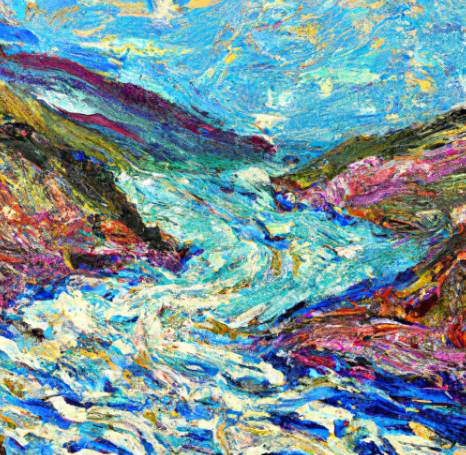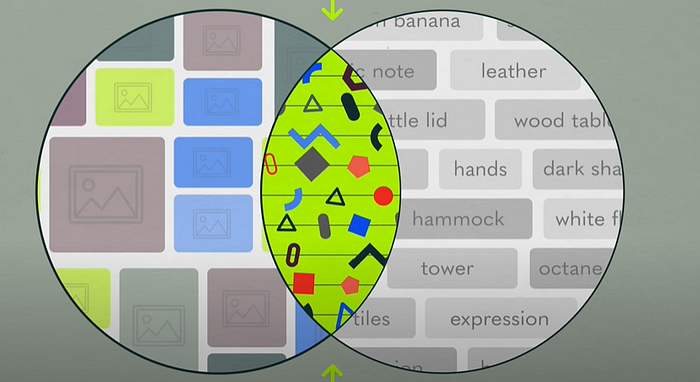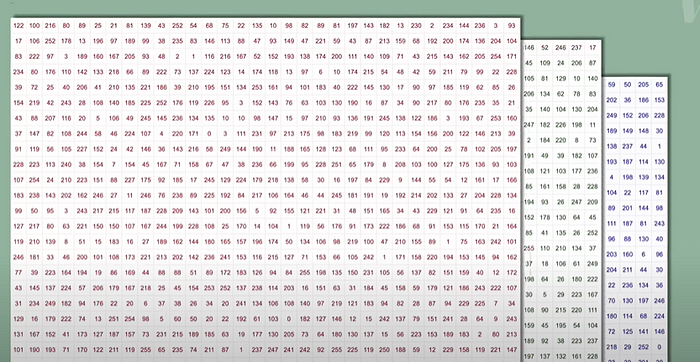
AI and its Possibilities/Destructions in Art.
Last Updated on November 28, 2023 by Editorial Team
Author(s): Green
Originally published on Towards AI.

Artificial Intelligence has become a super streamlined topic. Many people are skeptical and optimistic, and some see it as a great business opportunity.
Here is a look into AI in art.
Why it is not what you think
It’s really easy to assume that when you type in a prompt into an AI tool specific for generating art, like DOLL-E 2, all the AI is doing is taking two images and cropping them together. Except, this is not how it works.
In an interview with Cleo Abram, who is a journalist and video producer, Aditya Ramesh, a researcher and developer of Open AI explained how these Art AI’s work.
He describes the image produced by AI as the intersection of a Venn diagram where these AIs learn about style, aesthetics, and more.

One side of the Venn Diagram containing images is called Clip, and the other side is called unCLIP or diffusion. The side of unCLIP uses noise, which is a process when an image goes from blurry to clear. The process an AI takes to create an image is actually a bit more complicated than explained above. How the Clip part works is that from the giant image datasets that these AIs have, the images are seen by the AI in the form of numbers. These numbers are associated with three colors, red, black, and blue.

Now, what the AI does is that it takes the prompt, which is done with the help of Unclip understanding word to text, and Clip turns it into a “Sketch”. Then, unCLIP uses noise to make the image a bit more pleasing.

The AI’s learning significance
So what it’s not doing is taking two images and just cropping them together, but rather generating a completely new image from what it has learned on its training models. AI has this scope of creativity to generate completely new images because it considers so many variables when asked to create a new image. This is what makes these AI models learn about style, aesthetics, and even how it can produce art that looks like a certain artist’s style.
Will it put artists out of work?
The ultimate answer I believe, is no; AI-generating art won’t put artists out of work. The reason for this is because of the availability of these AI-generating art machines. If everyone can produce art through AI, then it truly creates a value difference between art from an artist and one from AI. This widespread availability might create some new opportunities.
Cleo Abram talks about one super special term called The Gap, and why AI could help certain music artists, but I feel it has a great connection to AI art as well. The Gap is the difference between our ideas and our technical skills. She states how our idea is perfect in our minds, something like an art idea, but when we go to try and recreate it, it comes out differently because our technical skill does not match with what we originally imagined, so we have to end up shrinking our idea a bit.

Except with art AI, could help artists create the original idea masterpiece in mind with the AI tool. This is an example of how AI can be a tool for artists to use.
Another reason is that there will be artists who will learn to get good at using this new tool. An example of this is photographers. At first, when cameras were invented, artists creating portraits might have thought they would not have a job anymore, but the invention of photography has created a new type of creativity and self-expression for new artists.
Who do we credit, and what about consent?
One major question many people have is who we credit for these images generated by AI since the data they have been trained on is from artists without asking for their consent. This major dilemma is what has been making many artists angry and what you have been seeing on social media a lot.
Something to understand about these major AI-generating art machines is that they are not tools accessible to everyone, and DALL-E 2 specifically has stated it has been created for research purposes.
With these amazing capabilities of machine learning to create such wonderful artworks, it does not provide artists with protection though. Since art-generating AIs can create artwork to replicate a specific artist’s style, this can be very damaging to the artist as well. With AI’s being able to create the artwork faster and at a cheaper cost, it brings down the value of the artist’s pure creations. Except it could do a lot more with serious issues like identity theft.
Artists like James Gurney have been referenced in prompts thousands of times. He believes that it should be fair for artists to have a choice to opt out

So due to all this, it’s unclear who should be credited, but it’s understandable why artists should have a choice.
Check out my resources used to research this article
U+1F3A8 “Cleo Abram” video: https://www.youtube.com/watch?v=NiJeB2NJy1A
U+1F3A8 “Vox” video 1: https://www.youtube.com/watch?v=SVcsDDABEkM
U+1F3A8 “Vox” video 2: https://www.youtube.com/watch?v=sFBfrZ-N3G4
U+1F3A8 MKBD video used: https://www.youtube.com/watch?v=yCBEumeXY4A
U+1F3A8 MKBD video 2 used: https://www.youtube.com/watch?v=MwAAH9tBoMg&t=0s
U+1F3A8 SamDoesArt video used: https://www.youtube.com/watch?v=5Viy3Cu3DLk
Join thousands of data leaders on the AI newsletter. Join over 80,000 subscribers and keep up to date with the latest developments in AI. From research to projects and ideas. If you are building an AI startup, an AI-related product, or a service, we invite you to consider becoming a sponsor.
Published via Towards AI
Take our 90+ lesson From Beginner to Advanced LLM Developer Certification: From choosing a project to deploying a working product this is the most comprehensive and practical LLM course out there!
Towards AI has published Building LLMs for Production—our 470+ page guide to mastering LLMs with practical projects and expert insights!

Discover Your Dream AI Career at Towards AI Jobs
Towards AI has built a jobs board tailored specifically to Machine Learning and Data Science Jobs and Skills. Our software searches for live AI jobs each hour, labels and categorises them and makes them easily searchable. Explore over 40,000 live jobs today with Towards AI Jobs!
Note: Content contains the views of the contributing authors and not Towards AI.














